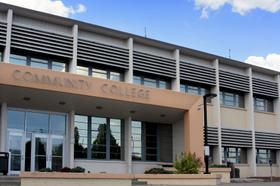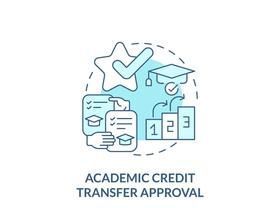Is Community College the Best Option for Homeschoolers?
Community college has gained a reputation for being the ideal option for nontraditional students. Single parents, retirees, and individuals hoping to switch careers are some of the biggest beneficiaries of community college, but there is another group of students to think about – homeschoolers.
According to the National Household Education Survey Program (NHES), over 1.7 million K-12 students were homeschooled in the United States. Homeschooling has become increasingly more popular since it became a legal option in all 50 states in 1993.
There are many reasons why parents choose to homeschool their children. For some, it is a matter of wanting greater control over their child’s curriculum and schedule or a desire to create a program adapted to their child’s needs. Homeschooling can help parents create a stronger bond with their children, and it gives children the freedom to learn at their own pace. Homeschooling does come with its challenges, however, particularly when it comes to college applications.
College applications for homeschoolers are not as complex as they used to be, but it still takes time to complete them. More homeschoolers are turning to community college over traditional four-year colleges and universities. Keep reading to learn why and how to prepare your homeschooler for college.
Surprising Facts About Homeschoolers in College
Though more than 3% of the K-12 student population in the United States is homeschooled, many people still misunderstand this educational option. Here are some of the























